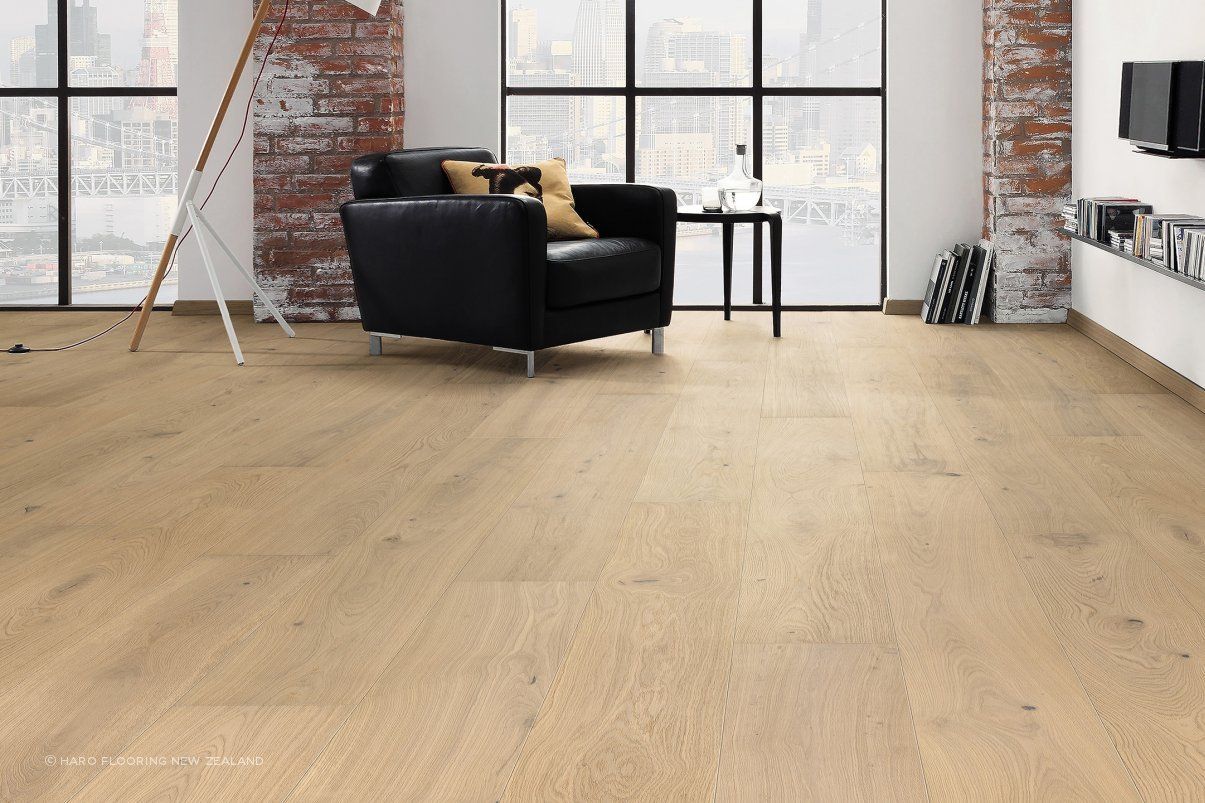When it comes to revitalising the look of your home, few things match the impact of refreshing your floors. Engineered timber flooring, a popular choice for its durability and aesthetic appeal, often raises the question: Can it be sanded and refinished like traditional timber floors? The answer is a resounding yes—with certain considerations.
Engineered timber flooring presents unique challenges and opportunities for sanding and refinishing, which can significantly extend its life and enhance its beauty. Whether you’ve noticed a few scratches and dents on your engineered floors or simply looking to update your space, understanding the process involved in sanding engineered timber flooring from choosing the leading floor sanding company in Melbourne is essential.
This guide will equip you with critical insights and expert tips, ensuring you know exactly what’s possible and how to approach it.
So, let’s delve into engineered timber flooring and uncover the potential that sanding and refinishing can unlock for your home.
What is an Engineered Timber Floor?
Engineered timber flooring has increasingly become a popular alternative to solid timber floors. Its unique structure, composition, and numerous benefits make it a suitable choice for various homes and commercial spaces. Let’s delve into what engineered timber flooring is made of and why it might be a superior option for your space.
Composition and Structure
Engineered timber flooring has multiple layers, distinguishing it from solid hardwood floors. At its core, you’ll find plywood or hardwood layers pressed or glued together, providing a stable base that reduces the wood’s natural tendency to expand and contract with changes in humidity. This core is topped with a hardwood veneer, a thin slice of wood that gives the floor aesthetic appeal. The thickness of this top layer varies but is critical in determining how the flooring can be treated, particularly when it comes to sanding and refinishing.
Benefits Over Solid Timber Flooring
One of the significant advantages of engineered timber flooring over solid timber flooring is its durability and stability. The multi-layer construction helps combat the natural movement of wood, making engineered floors less prone to warping or bowing. They are also suitable for various climates and more resistant to moisture-level fluctuations.
Engineered floors come in numerous styles, finishes, sizes, and thicknesses, allowing for more flexibility in design and installation. These floors often closely mimic solid wood’s look and feel but at a more accessible price point. Additionally, engineered flooring installation can be more straightforward, enabling it to be fitted over different types of subfloors, including concrete or existing floors.
The Possibility of Sanding Engineered Timber Flooring
While engineered timber flooring offers many benefits, a common question among homeowners is whether these floors can be sanded and refinished like their solid timber counterparts. The good news is that sanding and refinishing engineered floors is possible, but there are essential factors to consider.
Importance of Veneer Thickness
The thickness of the hardwood veneer layer is paramount when it comes to sanding engineered flooring. Generally, a veneer thickness of about 3mm to 6mm is suitable for grinding and polishing, potentially allowing for the process to be repeated multiple times over the lifespan of the flooring. Floors with a veneer less than 3mm thick are not recommended for sanding as they risk damaging the floor beyond repair.
Identifying if Your Floor Can Be Sanded
To determine if your engineered floor can withstand sanding, you need to verify the thickness of the top hardwood layer. Checking around door thresholds or beneath radiator pipes can offer insight. Moreover, confirming whether the flooring has been sanded previously is essential, as each sanding procedure removes a layer of wood, reducing the veneer’s thickness over time.
Factors Limiting Sanding and Polishing
Several factors can limit the viability of sanding and refinishing your engineered floors. These include the initial thickness of the veneer, previous sanding jobs, and the overall damage level of the floor. Professional floor sanding companies like us advise caution and proper assessment before proceeding with sanding to avoid irreparable damage. Employing professionals is strongly recommended to ensure the process is done correctly and to preserve the integrity of your flooring.

Sanding Process for Engineered Flooring
Professional Assessment and Approach
A professional assessment is critical before embarking on the sanding process for engineered timber flooring. This step ensures the flooring’s top veneer layer is thick enough for sanding, ideally at least 3mm. Professionals will inspect the floor to determine the condition and thickness of the top layer and any previous sanding that may have occurred. This assessment prevents potential damage and ensures the flooring can withstand the sanding process.
Techniques and Equipment Used
Sanding-engineered flooring requires precision and the right equipment. Professionals use specialised sanding engineered hardwood machines that are gentle yet effective on the thinner veneer layer of engineered floors. The choice of sandpaper grit, speed of sanding, and technique—whether to sand with or against the grain—are all determined based on the floor’s condition and the desired outcome. After sanding, a protective finish, often polyurethane, wax, or oil, is applied to enhance durability and appearance. Staining is also an option post-sanding for floors that need a colour refresh.
Frequency and Limitations of Sanding
Engineered floors, while durable, have limitations when it comes to how often they can be sanded. Usually, floors with a 3- to 4-mm-thick top layer can withstand 3- to 6-mm-thick sanding treatments throughout their lifetime. Floors less than 3mm thick are not recommended for sanding due to the risk of damaging the veneer. To extend the life of your flooring, regular cleaning and maintenance, such as daily sweeping to remove dirt and dust, are crucial.
Importance of Professional Service for Sanding
Risks of DIY Sanding
Attempting DIY sanding on engineered timber flooring can lead to irreversible damage. Without the necessary skills and knowledge, there’s a high risk of sanding too deeply, removing too much of the top layer, and ultimately ruining the floor. This can lead to costly repairs or the need for a complete flooring replacement. Professional sanders understand the intricacies of engineered floors and are equipped to handle the job without causing damage.
Selection Criteria for Sanding Companies
When choosing a professional sanding engineered hardwood service, consider their experience, insurance, and warranty. Look for companies with a proven track record of working with engineered flooring. They should also guarantee their services, ensuring peace of mind that any potential issues will be addressed. Reading reviews and asking for references can also provide insights into their reliability and quality of work.
The Role of Professionals in Achieving Desired Results
Professional flooring experts play a pivotal role in revitalising engineered timber floors. Their expertise ensures the sanding process is done safely, efficiently, and with the finesse required for the delicate veneer layer. They also offer valuable advice on finish options to protect the floor and enhance its appearance, tailored to each space’s unique needs and style. Utilising a professional service from the leading floor sanding company in Melbourne maximises the flooring’s lifespan and ensures the final result is both beautiful and durable.
Post-Sanding: Finishing Touches to Engineered Flooring
Once the sanding process of your engineered timber flooring is complete, ensuring that your floors look their best and are protected for the future is essential. The following steps involve applying protective finishes, considering staining options, and understanding the best practices for maintenance to ensure longevity.
Applying Protective Finishes
Applying a protective finish is crucial after your engineered flooring has been sanded and any imperfections removed. This not only enhances the appearance of the floors but also provides a layer of protection against wear and spills. Professional floor sanding and polishing services typically use high-quality finishes like polyurethane, wax, or oil. These finishes seal the wood, making it more durable and easier to maintain over time. Each option has pros and cons, with polyurethane being durable and providing a high sheen, wax offering a natural look and feel, and oil finishes enhancing the wood’s natural grain and beauty. The choice ultimately depends on your preference and the level of maintenance you’re willing to undertake.
Staining Options and Considerations
Staining is an excellent way to customise the appearance of your engineered timber flooring. It allows you to change the colour of the wood to match your home’s aesthetic or personal taste precisely. The staining process should always follow sanding, as the floor needs to be free of imperfections for the stain to apply evenly. Not all engineered flooring can be successfully stained, depending on the type of finish previously used and the wood’s ability to absorb the stain. Consulting with a professional can help you determine if staining is viable for your flooring and, if so, which colours and types of stains will achieve your desired look.
Ensuring Longevity Through Maintenance
Proper care and maintenance are essential to prolonging the life of your engineered timber floors, especially after they’ve been sanded and refinished. Regular cleaning with a soft broom or vacuum and a slightly damp mop can help keep the floors looking new. It’s important to avoid using harsh chemical cleaners that can strip the finish or damage the wood.
For minor scratches and wear, periodic re-oiling or re-coating may be necessary to rejuvenate the floors and maintain their protective layer. Avoiding excessive moisture and protecting the floors from direct sunlight can also help prevent warping and fading over time. Remember, engineered floors can only be sanded a limited number of times, so taking good care of your flooring from the start can save you from premature refinishing.
By following these post-sanding steps, you can enjoy beautiful, durable, engineered timber flooring for many years. Whether you opt for a protective finish, stain your floors, or focus on regular maintenance, each step is crucial in ensuring your floors look as good as new.
Conclusion
The process of sanding engineered timber flooring is something that homeowners and renovators should approach with caution but not necessarily shy away from. Engineered timber flooring presents a great alternative to solid hardwood floors, bringing beauty and durability to a home.
If done correctly, sanding engineered floors can revitalise their appearance and extend their lifespan. However, it’s essential to remember that the process is unlike sanding solid hardwood floors due to the limited thickness of the top wood layer. Therefore, to prevent irreversible damage, it’s highly recommended to hire Prestige Floors, the leading floor sanding company in Melbourne to handle floor sanding for engineered floors. Our professionals are skilled in handling engineered flooring specifically with so much expertise. Reach out to us for floor sanding services.
